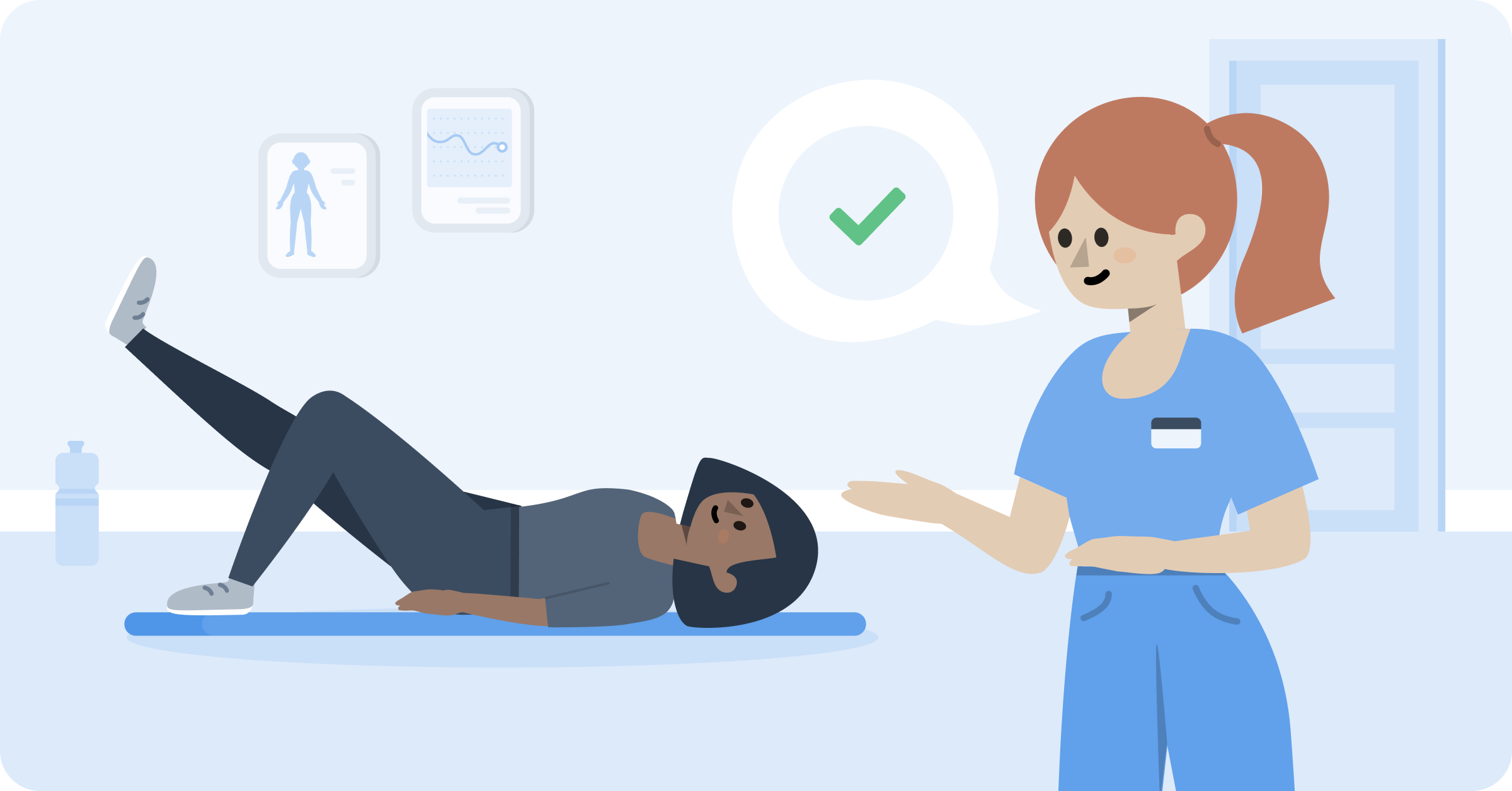How do you know if you have osteoarthritis? What about X-rays? Which treatment helps? There are many questions about the world’s most common joint disease. Here, our team of physiotherapists and orthopaedic surgeons share the answers.
– My physiotherapist says I have osteoarthritis, don’t I need an X-ray to diagnose this?
Not usually, no.
X-rays can of course show osteoarthritis, but your medical history and symptoms are much more important to listen to.
Why? Well, the early stages of osteoarthritis cannot always be seen on X-rays. Having an x-ray result return as normal can therefore make you believe that there is no osteoarthritis in the joint, whereas there may be. Additionally, many people can have osteoarthritis but have no, or few symptoms associated with it. Having an x-ray that shows osteoarthritis doesn’t necessarily mean that the osteoarthritis is what is causing your symptoms. For example, you could have osteoarthritis, but it is actually a muscle issue causing your symptoms. X-rays are mainly used when people with joint pain are not, or are no longer responding favorably to treatment, and surgery such as joint replacement is being considered.
– Is there a treatment that relieves the symptoms of osteoarthritis?
Yes, there are well-tested and clinically proven treatments that provide good results for the vast majority. The most important and most basic treatment is to start with adapted, joint-specific training and at the same time to learn more about how osteoarthritis impacts you holistically. Exercise in combination with education has been shown to give the very best results and pain relief. Such treatment can be obtained by working with a physiotherapist who will provide guidance and simple training exercises to build muscles in order to reduce joint problems and relieve symptoms.
“Patients who perform the exercise usually quickly notice that the pain decreases, the joint becomes stronger and you are able to walk and move for longer distances” – Christian Anker-Hansen, orthopedist and specialist doctor
– Does exercise really help if the joint is worn out by osteoarthritis, isn’t there a risk of wearing out the joint more?
The joint is not worn out when you have osteoarthritis. The description of ‘wear’, or joint ‘wear and tear’ is used because it was once thought to be an easy way to describe the process of osteoarthritis. This is because over time as our joints age, we are more inclined to notice symptoms associated with osteoarthritis. But that does not mean that the more you use it, the worse it will get.
Osteoarthritis means that the articular cartilage is thinned and functions less effectively as a shock absorber. Load can therefore cause pain in the joint, especially if you are overweight or do not have the muscle power to support your weight efficiently. It has therefore been shown in many studies that exercise that improves the muscle power around the joint will reduce joint load and reduce pain. Exercise can also improve the mobility and stability of the joint, i.e. the function of the joint improves.
People who carry out their exercise will often notice quite quickly that the pain decreases, the joint becomes stronger, and walking for longer distances and for longer periods of time becomes easier. There is no risk of injuring the joint when performing the exercise under the guidance of a physiotherapist. On the contrary, exercise helps with cartilage repair!
Read more: Physiotherapy for osteoarthritis – how does it work?
– Are there painkillers that can relieve the symptoms of osteoarthritis?
Patients who regularly exercise rarely need painkillers. However, osteoarthritis can recur, or ‘flare up’ with periods of increased pain and inflammation. If this occurs, taking anti-inflammatory drugs such as ibuprofen and naproxen can help. Many people also find that over-the-counter paracetamol (that is, alvedon and panodil) can help If you do use these medications, please discuss safe and proper use with your pharmacist, doctor, or physio. Cortisone injections can also provide temporary relief. The efficacy of these injections depends on the type of symptoms you have, and the joint you have them in; they don’t work for everyone and they are not a cure. There is also usually a limit to how many injections you can have in one joint, as repeated injections can potentially cause harm.
Opioids should be avoided in osteoarthritis, as they can negatively impact pain associated with osteoarthritis. Drugs such as tramadol and other morphine-based drugs also pose a serious risk of addiction and they can have severe side effects.
“Joint Academy offers a well-proven osteoarthritis treatment that we know gives good results. As the treatment is offered digitally, it is easy to get started straight away, regardless of where you live” – Christian Anker-Hansen, orthopaedic surgeon and specialist doctor.
Get personal help to get started with treatment
If you are interested in physiotherapy and want help with customized exercises and education, you can try getting digital osteoarthritis treatment at Joint Academy. The treatment is offered directly via your mobile phone or device. There you will get in touch with a personal physiotherapist who will help you get started with an individual training programme. The program includes specific, simple exercises that are clinically proven to relieve pain and improve joint mobility.



